The Disappearing Cuisine of an Ancient Religion
Mumbai’s beloved Parsi restaurants are struggling to survive.

It all began with a milkshake.
After the Arab conquest of Persia in the mid seventh century, adherents to Zoroastrianism, which may be the world’s oldest monotheistic religion, fled their ancestral home. Piling into boats and carrying their sacred fire with them, they landed on India’s west coast, in the state of Gujarat.
According to lore, the local king eyed the newcomers with suspicion. Not speaking their language, he presented the Zoroastrians with a jug of milk, filled to the brim, in an effort to communicate that there was no room for them in his kingdom. In response, the Zoroastrian high priests dissolved sugar in the milk without spilling a drop from the jug, demonstrating how they would enrich the local community without displacing anyone.
The sweetened milk won over the king—and eventually the rest of India. Thousands more Zoroastrians came to India, crossing present day Iran, Pakistan, and India on foot, on camel, and by boat.

Known as “Parsis,” or “Iranis” for later waves of Zoroastrian migrants, this small and tight-knit community has since built impressive businesses and charitable institutions in India. But their most well-known legacy remains culinary.
“People are crazy about Irani food,” says Sarosh Irani, the co-owner of B. Merwan & Co, a Parsi-style bakery and cafe in Mumbai. Waking up every night at midnight, he takes the train into work and arrives by 3 a.m. to carry on his grandfather’s tradition of baking his breads and pastries in a wood-fired oven. By 7 a.m., the cafe’s famous mawa cakes are warm and fragrant, and the doors are opened.
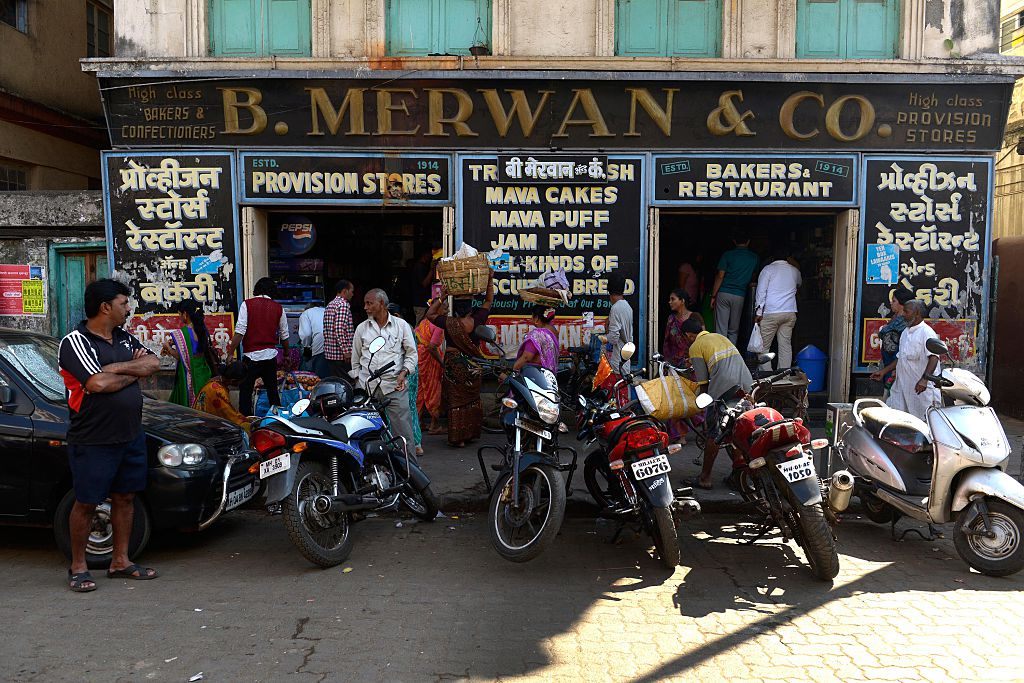
Eager to build lives for themselves in their new home, hundreds of Zoroastrians opened restaurants and cafes like Irani’s between 1890 and 1940, with more established Parsis often supporting newer Irani arrivals with small loans. Serving cheap, tasty food in simple but stately decor, they became the Greek diners of India. Frequented by diplomats, day laborers, and everyone in between, they helped shape India’s largest city by bringing people of all classes, genders, religions, and ethnicities together over cups of chai.
Indians cherish the timeless quality of Parsi restaurants. But this adherence to tradition—a type of authenticity celebrated by modern food culture—may lead to their extinction. In a rapidly modernizing Mumbai, these beloved eateries are disappearing, replaced by hip, Parsi-inspired ventures run by outsiders.
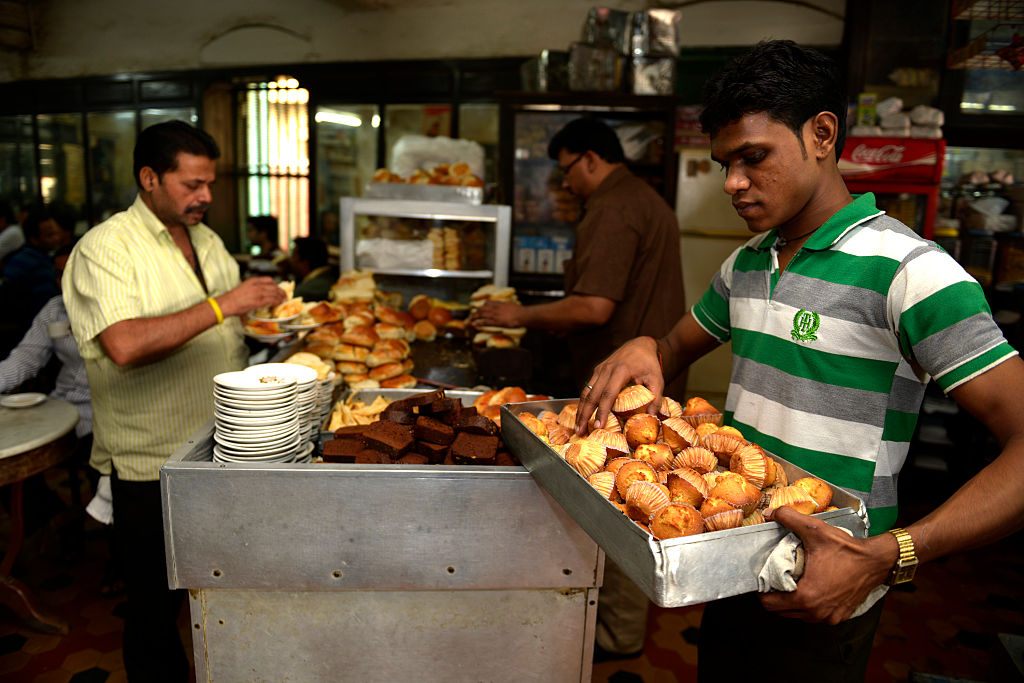
Parsi cuisine reflects the migratory roots of its people, with blends of Iranian and Gujarati flavors. In a country where vegetarianism is common, Parsi food is hearty and meaty. Local favorites include half-fry eggs, minced lamb in rich tomato sauce, and thick mutton stew with caramelized rice. Simple bun maska—bread and butter—with chai is another staple.
B. Merwan & Co has been serving its bun maska in the same location, behind the bustling Grant Road train station, since Sarosh’s grandfather, Boman Merwan, opened it in 1914. Housed in the first floor of one of south Bombay’s many beautifully dilapidated old buildings, nothing much has changed about the cafe in the past century. (Mumbai is still often called by its former name, Bombay.) With a full breakfast of coffee, bread, and an omelet costing less than two dollars, even the prices barely seem to have changed.
“Whatever you see here is 103 years old,” Sarosh says from his perch behind a large wooden cashier’s desk at the front of the cafe. He looks up from his receipt book and smiles. “It’s only we that are not that old.”
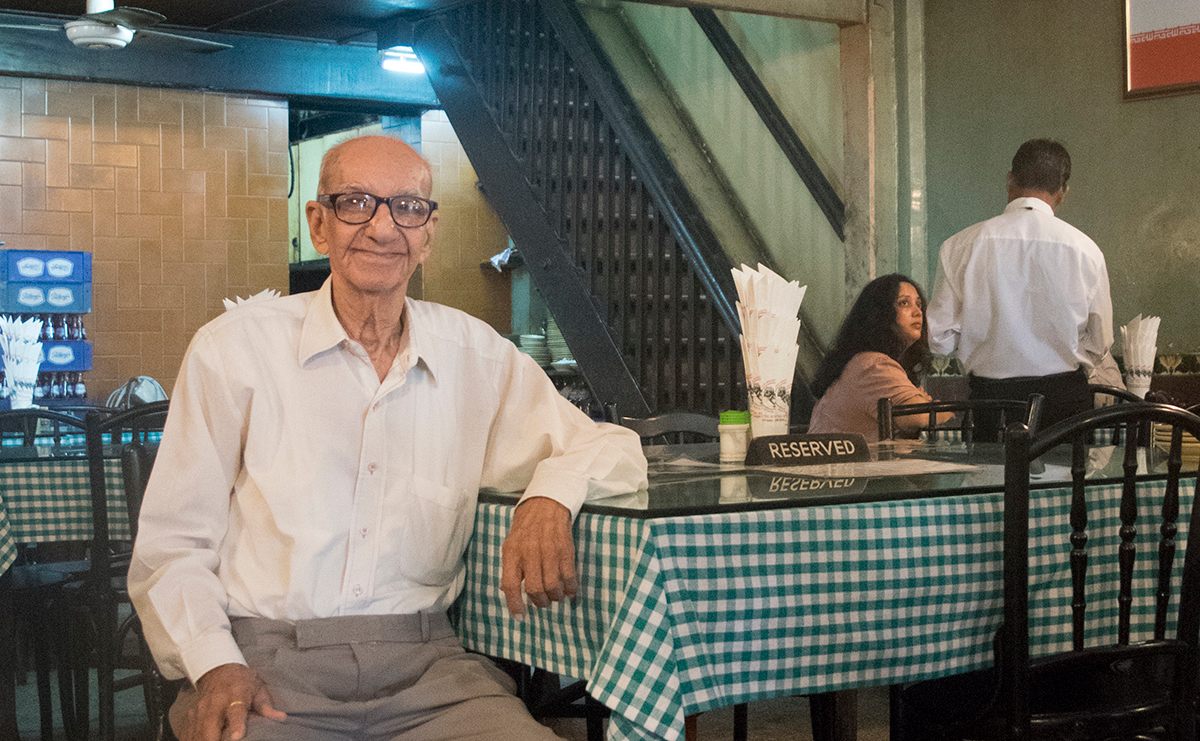
But some Parsi proprietors are nearly that old. Ninety-four-year-old Boman Kohinoor greets visitors at Britannia & Co, established by his father in 1923, every day. Patrons flock to the high-ceilinged, checker-table-clothed institution for the signature berry pulao, a spiced biryani-rice dish with Iranian barberries.
Forty years ago, there were hundreds such restaurants scattered around Bombay—Kohinoor says he counted over 400 in the 1950s—all with signature Parsi dishes, a no-fuss culture, and low prices. Now, there are only a handful—30 according to estimates by Kohinoor, four according to another cafe owner.
But Mumbai has changed a lot in half a century, growing into a bustling, urban metropolis. And the families that run these heritage eateries have changed too.
“The pioneers who came here weren’t highly qualified,” says Farooq Shokri, owner of Kyani & Co, a bakery and restaurant he inherited from his father. The success of his and other Parsi cafes allowed more recent generations to go to college and excel as doctors, lawyers, and professionals abroad. Few children want to inherit the family business. “They prefer to have a less strenuous life than what they have seen their forefathers going through,” says Shokri.
For many of these families, bringing in a non-relative to run these restaurants is tantamount to closing shop. “The other Irani restaurants that have closed down, it’s because they have partners,” says Sarosh Irani. “When it’s in the family, if we have any problem, we sit and talk together and sort it out.”
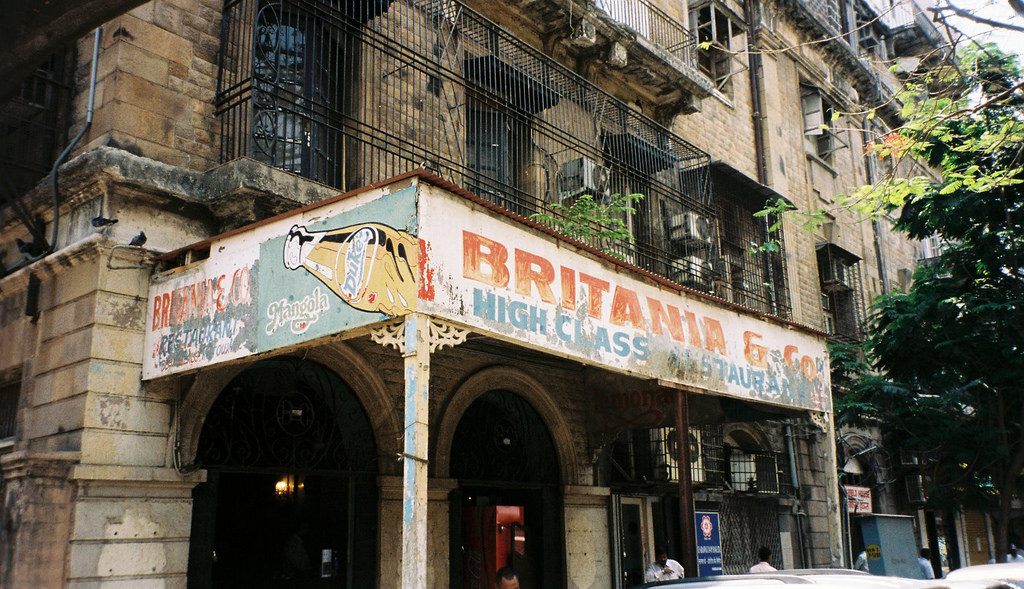
But keeping it in the family is becoming harder and harder. And in a city of over 18 million, many Parsi restaurants have been pushed out of their now valuable real estate and replaced by multinational chains such as McDonald’s and Kentucky Fried Chicken.
Shokri’s kids are still young, and he isn’t confident that they will want to take over as the third generation of restaurateurs. This uncertainty clearly nags him. “It is a legacy which my father has left for me that I will continue,” he says. “I don’t know how long I will continue, that is a question mark.”
Much of the distinctiveness of Parsi restaurants reflects the community’s exclusivity. Zoroastrians don’t allow converts into their religion, don’t recognize the children of intermarriages, and don’t allow outsiders inside the doors of their sacred fire temples. But this exclusivity is making the community smaller and smaller. The number of Zoroastrians in India has halved since the 1940s, with only 57,000 counted in India’s 2011 census. India so values the business and cultural contributions of the Zoroastrian community that the government has launched a public campaign and is funding fertility clinics to convince this dwindling community to have more children.
But while the real-deal Parsi cafes struggle, non-Parsi’s are repackaging the Parsi “brand” for a younger, wealthier clientele. London has its own version of a Parsi restaurant, a popular chain called Dishoom, that plays on a vintage Bombay aesthetic. A new, sprawling office park and commercial development in Mumbai’s hip Bandra neighborhood is home to SodaBottleOpenerWala—a “concept restaurant” owned by a restaurant and catering company with branches across the country.
Danesh Vakshoor is the 29-year-old chef at Mumbai’s SodaBottleOpenerWala. His grandfather once ran an Irani cafe of his own, and he says he wanted to spread Parsi culture to others. “The Parsi cafes are dying day by day,” he says. “So I said, what do I do?”
SodaBottleOpenerWala promises to recreate the “dying legacy” of Bombay’s Parsi cafes, while serving exotic cocktails and hosting karaoke nights. Sepia-toned photos and antique knick knacks line the walls, and the menu is full of traditional Parsi dishes with modern updates. One branch even has a blown up photo of B. Merwan & Co papering a wall. It’s a common phenomenon in the food industry: new, hip ventures emphasizing tradition even as the progenitors of that tradition disappear.
Vakshoor sees SodaBottleOpener as a way to adjust a traditional favorite to the modern world. “People need a change after a particular point of time,” he says. “You improve on it, make some little changes.”
Shokri hasn’t been to SodaBottleOpenerWala, and he’s skeptical. “It’s just trying to copy the typical Irani type of restaurant,” he says. “From what I hear, the prices are very high. That wouldn’t fit into our culture of low-priced shops. We serve the common man. We cater to all sectors of society.”
The new iterations of cafes might serve variations of Dhansak stew and bun maska, but Sarosh, Shokri, and others are clinging to something more than menu items. At B. Merwan & Co, a man with long grey hair comes in, greets Sarosh, and sits in the same seat he’s been sitting in since 1971. Sarosh says he isn’t sure what will happen when he finally decides to stop making his midnight trek into the cafe. “We are all thinking, how long can we keep going?”
Gastro Obscura covers the world’s most wondrous food and drink.
Sign up for our regular newsletter.





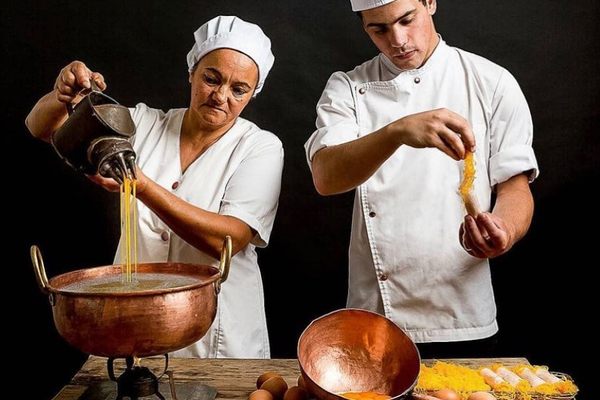
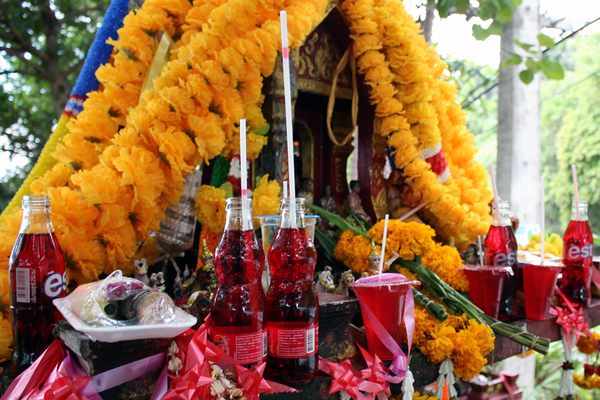



















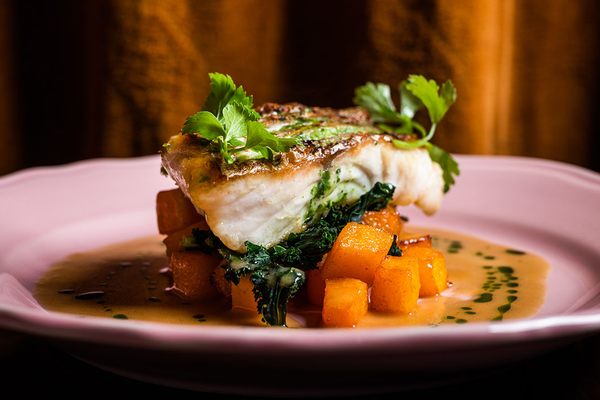



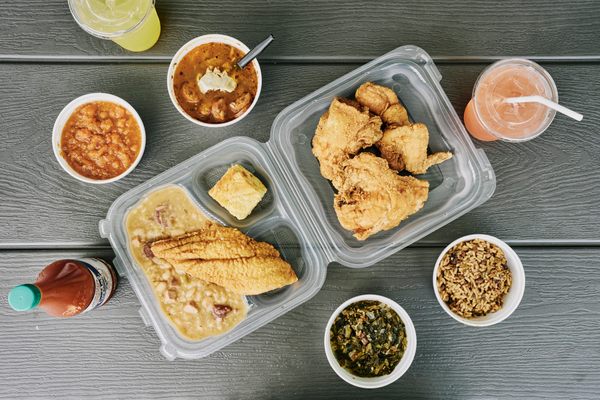


Follow us on Twitter to get the latest on the world's hidden wonders.
Like us on Facebook to get the latest on the world's hidden wonders.
Follow us on Twitter Like us on Facebook